Many of our long-time readers know I enjoy highlighting women résistants in the French Resistance. Stories like Nancy Wake (read The White Mouse here), Suzanne Spaak (read Something Must Be Done here), Marie-Madeleine Fourcade (read Noah’s Ark here), and Hélène Berr (read The French Anne Frank here) are quite uplifting and show the superior leadership skills, moral commitment, and fortitude these women possessed.
Today, you’ll be introduced to an exceptional résistant who was the only woman to actually lead a Special Operations Executive (SOE) circuit (i.e., network) as well as being responsible for leading a large group of Maquis (French Resistance underground guerrilla fighters) before, during, and after the Allied invasion on 6 June 1944.
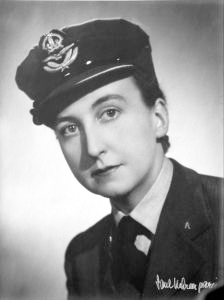
Did You Know?
Did you know that the Wallace fountains in Paris are painted bright primary colors? The original paint was what we call today, “British racing green” ⏤ remember Jim Clark’s Formula One racing car from the 1960s? Yes, of course, you do (that is why I inserted a picture).
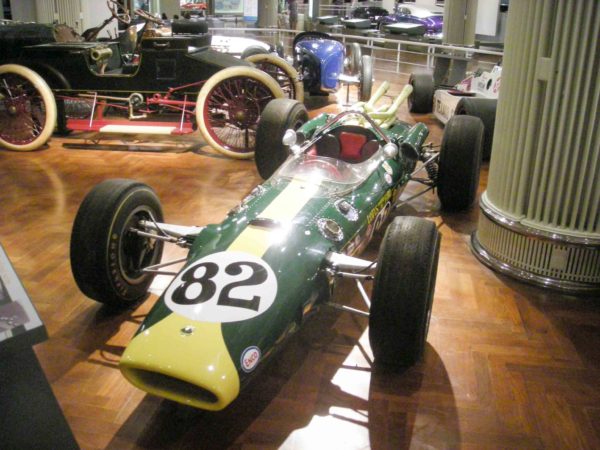
About three years ago, I wrote a blog on the Wallace fountains (read Wallace Fountains here). Readers were introduced to Sir Richard Wallace (1818-1890), a British philanthropist who was concerned about the lack of safe drinking water in Paris. He financed the building of public drinking fountains which have become affectionately known as “Wallace Fountains.” As Ulrike explains in her article (see below), some of the fountains have been painted in bright colors. It’s easy to miss the green fountains but there is absolutely no way you can miss the bright red, yellow or purple ones!
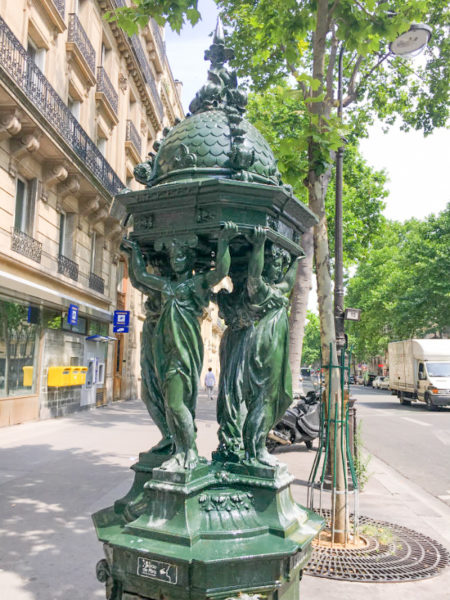

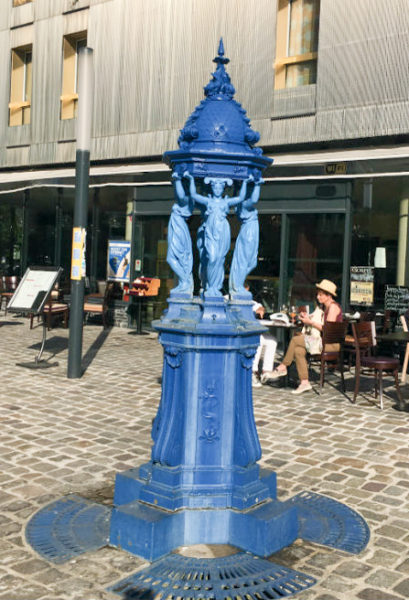
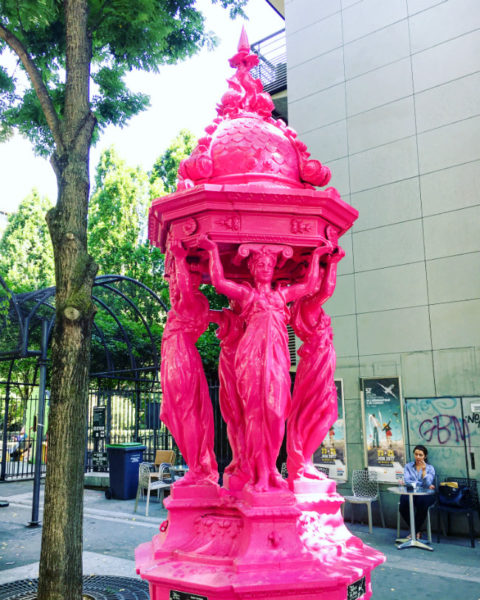
Please enjoy this article written by Ulrike Lemmin-Woolfrey: click here.
If you enjoy Paris and haven’t already done so, I recommend you subscribe to the Bonjour Paris blog. Link here.
Special Operations Executive
The SOE was officially formed on 22 July 1940 when Winston Churchill ordered Hugh Dalton to “set Europe ablaze.” Churchill loved the idea of spies, espionage, and guerilla warfare. At the time, the British military leaders were against it as it represented irregular warfare tactics, but Churchill knew that undercover covert operations within the occupied countries would be necessary to accomplish the Allied goals, including the eventual invasion of Europe. Read More “What I Did Wasn’t Civil”

